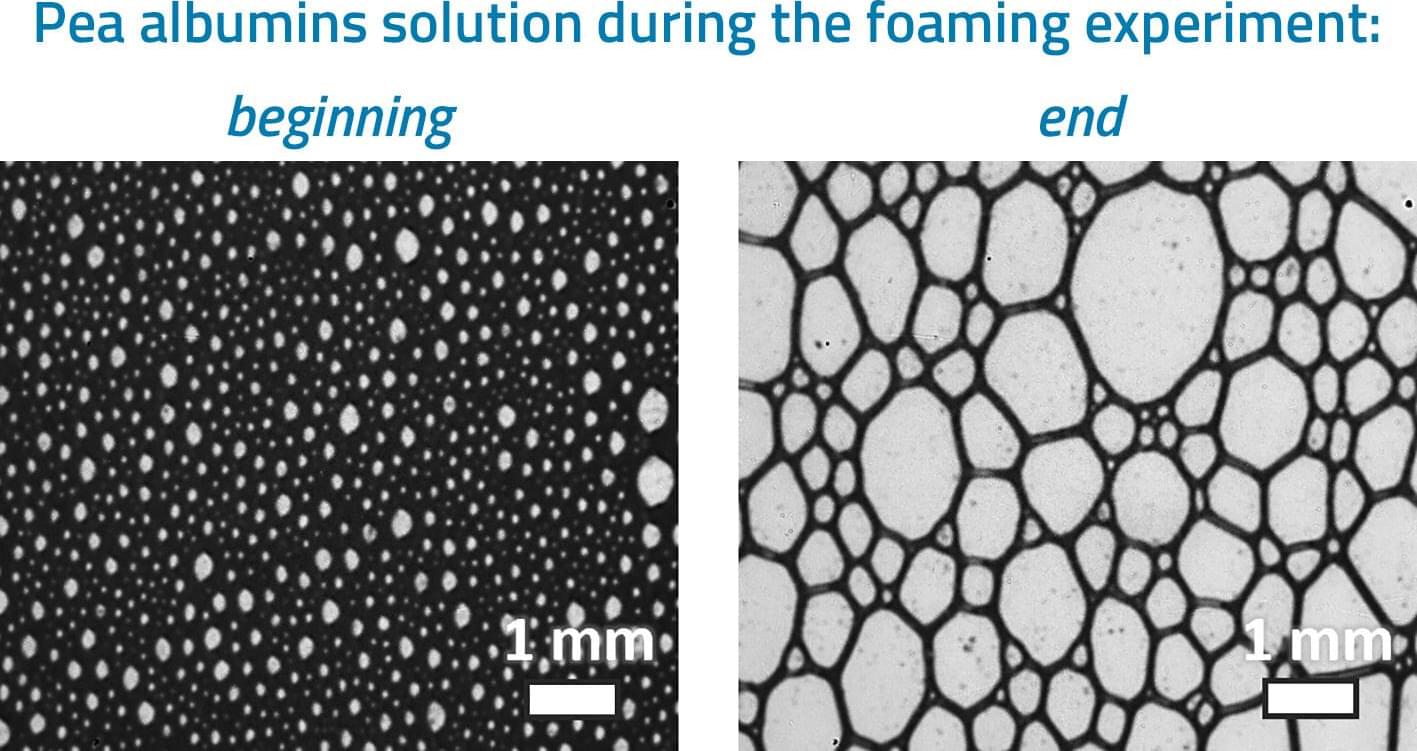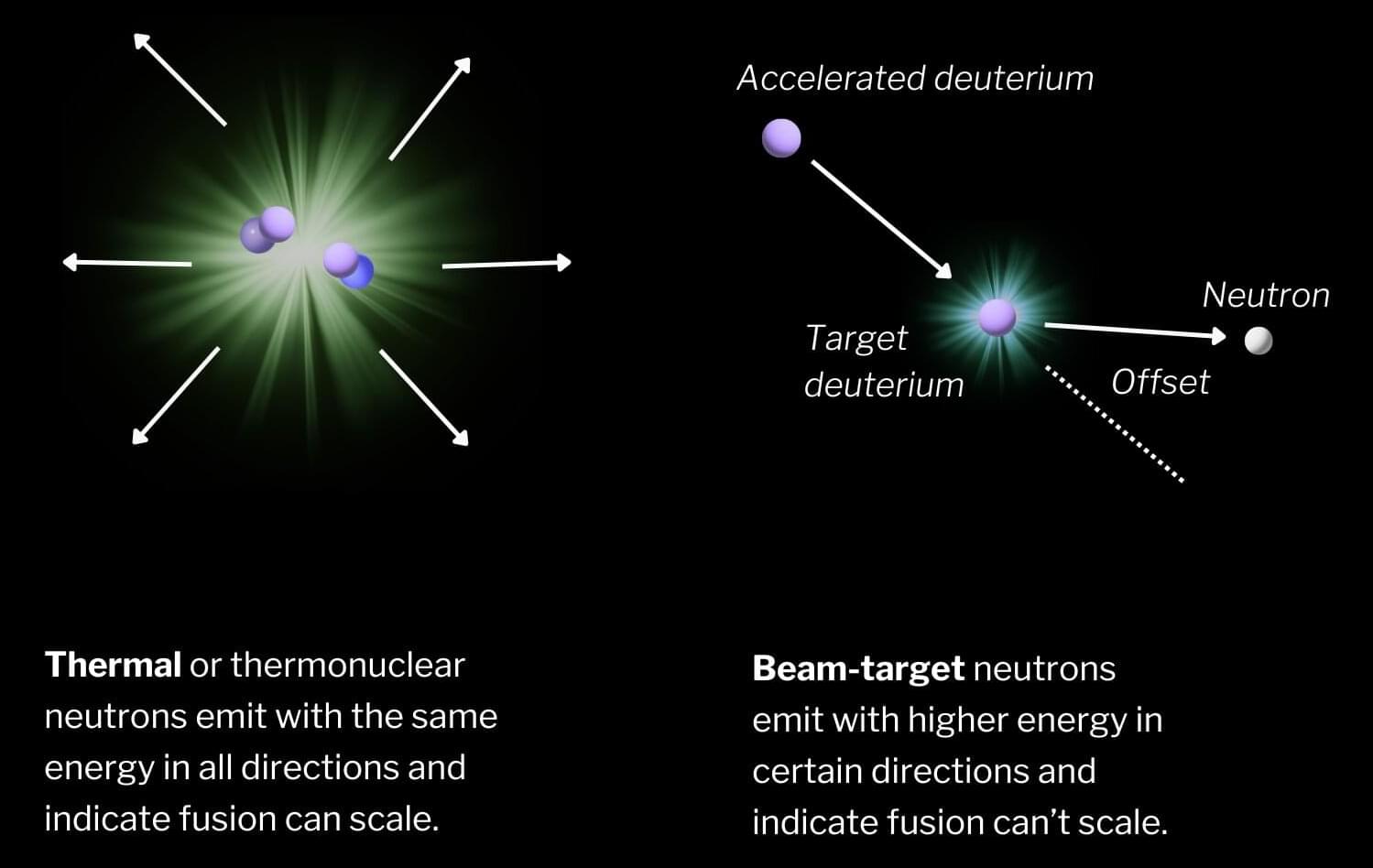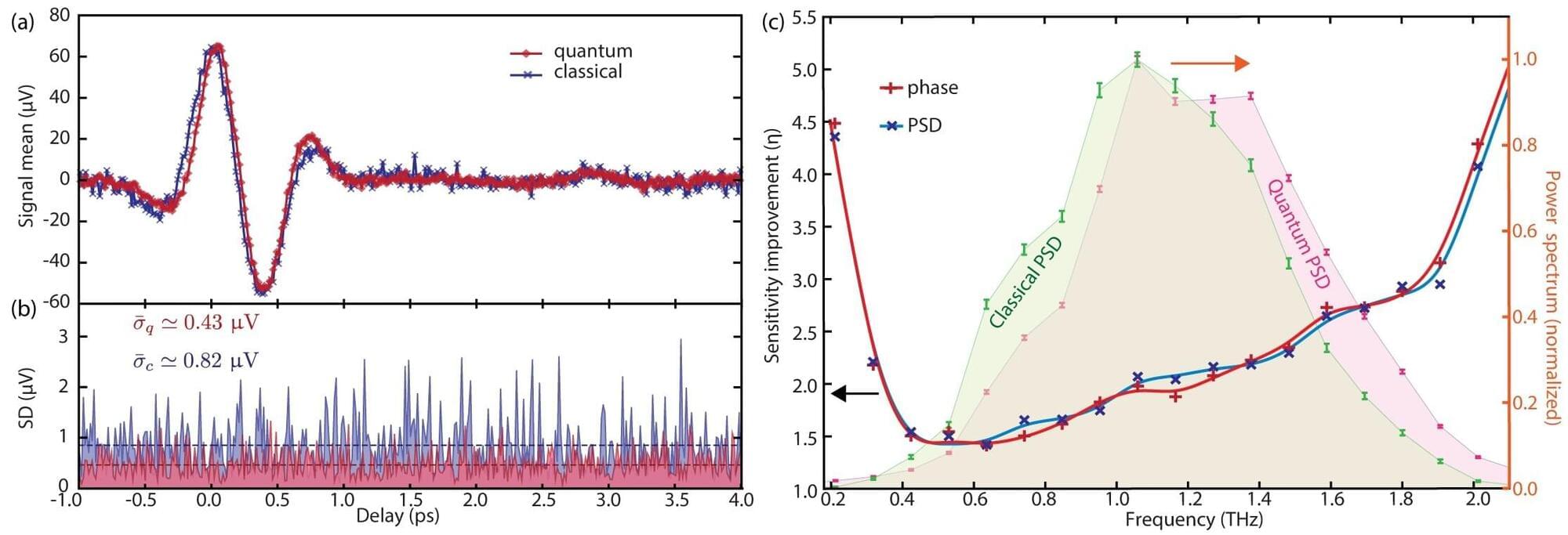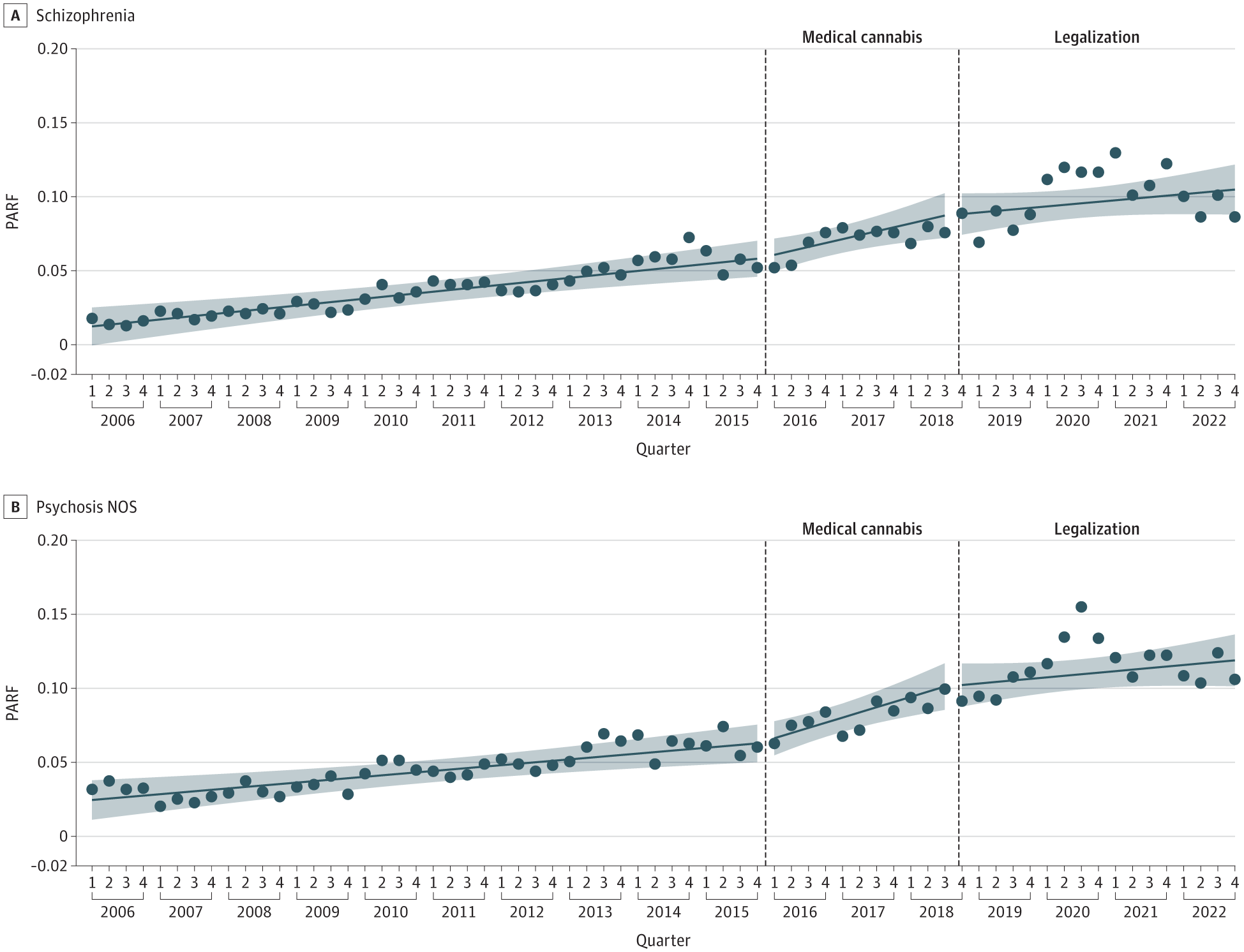A graduate research assistant at The University of Alabama in Huntsville (UAH), a part of The University of Alabama system, has published a paper in the journal Astronomy & Astrophysics that builds on an earlier study to help understand why the solar corona is so hot compared to the surface of the sun itself.
To shed further light on this age-old mystery, Syed Ayaz, a Ph.D. candidate in the UAH Center for Space Plasma and Aeronomic Research (CSPAR), employed a statistical model known as a Kappa distribution to describe the velocity of particles in space plasmas, while incorporating the interaction of suprathermal particles with kinetic Alfvén waves (KAWs).
KAWs are oscillations of the charged particles and magnetic field as they move through the solar plasma, caused by motions in the photosphere, the sun’s outer shell. The waves are a valuable tool for modeling various phenomena in the solar system, including particle acceleration and wave-particle interactions.









